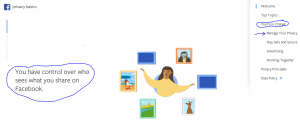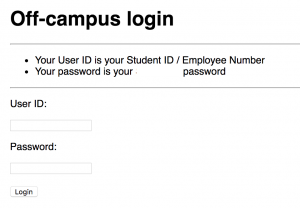I recently had a new closet installed in my apartment and some supplementary storage places added under the bed and in the entryway. Part of the reason I added in new storage options was because I seemed to have a lot of stuff that was “homeless.” The storage is there, but I haven’t started filling it because I’m still deciding what needs to go where.
I was discussing the new storage options with a colleague at work and his advice was “choose carefully.” Storage options can be tricky. I love having things out of the way behind a closed door or shut drawer, but I also need to be able to reach and access them. The best is to match necessity with ease of access. For example, my extra blankets are stored on a shelf above my clothes in my closet. I need a stool to reach it, but then again, I rarely need to.
It’s necessary to be strategic about which items are placed where in cabinets, drawers, closets, etc. This is especially important when unpacking a new home. It may take a few tries to get everything in the right place to optimize flow and convenience. Although items can be shuffled around after, it’s kind of a pain. Rearranging closets and drawer contents is a time consuming activity, one that almost always has to be done in one session because stuff will be everywhere in the transition process. I prefer to wait until I have a plan before filling my storage areas to try and avoid shifting things later.
Here’s my plan:
- Assess which areas are overcrowded and in need of some storage options. For me the priorities are my tiny, over-stuffed kitchen, hallway closet, and bits of random, orphaned “stuff.”
- Determine which items specifically need storage and how often you will need to access them. For example, I stored my towels with the sheets because there were no other spaces available until recently. As these are both frequently used items, it’s definitely something I’m flagging for a better option.
- Look at all existing storage options, including ones that are already filled and/or rarely accessed. It may be time to shuffle things around.
- Purge anything and everything possible that you no longer use and/or need.
- Clear out the calendar for several hours to fill storage areas and rearrange, as needed.
Stay tuned for progress updates.


